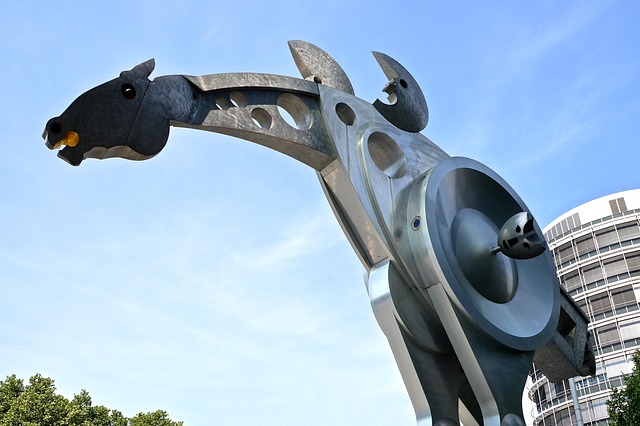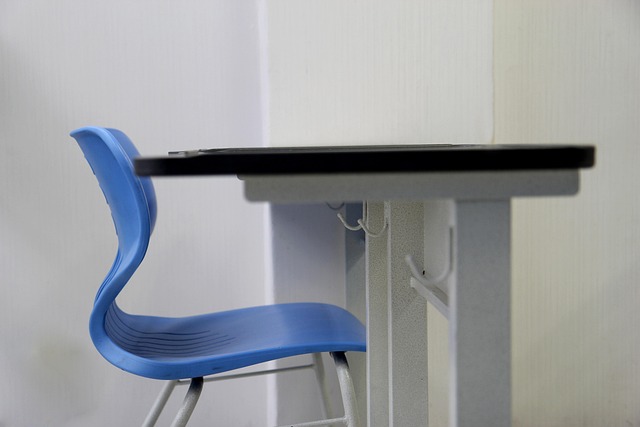The Shelterwood Academy lawsuit has drawn intense legal scrutiny due to allegations of financial mismanagement, regulatory violations, and unethical student recruitment tactics. Spanning years, numerous lawsuits from current and former students, parents, and employees highlight the consequences of organizational misconduct in educational institutions. Recent developments include settlement negotiations and increased pressure on defense attorneys, with families seeking justice and accountability. This case could set new benchmarks for liability and duty of care in education, impacting safety protocols globally, and sparking debates about institutional responsibility in ensuring a safe learning environment.
“Unraveling the legal intricacies of the Shelterwood Academy lawsuits, this comprehensive guide offers a deep dive into the ongoing saga. The background section sets the stage, detailing the initial controversies that sparked the groundbreaking litigation. Recent legal developments and updates follow, highlighting pivotal court decisions and their impact. Furthermore, the article explores the implications for Shelterwood’s future prospects and provides insights into potential strategies in light of these significant legal shifts. Key focus: Shelterwood Academy lawsuit outcomes and their broader educational implications.”
- Background of Shelterwood Academy Cases
- Recent Legal Developments and Updates
- Implications and Future Prospects for Shelterwood Academy
Background of Shelterwood Academy Cases

The Shelterwood Academy cases have garnered significant legal attention, stemming from a complex series of events and disputes. At the heart of these controversies lies Shelterwood Academy, an educational institution facing numerous lawsuits, with allegations ranging from misconduct to breach of contract. These legal battles have been ongoing for years, reflecting a tangled web of claims and counterclaims.
The backdrop of these cases involves allegations against Shelterwood’s leadership, including accusations of financial mismanagement, violations of regulatory norms, and unethical practices in student recruitment and retention. The Shelterwood Academy lawsuit has unfolded as affected parties—including current and former students, parents, and even employees—have come forward to voice concerns and file legal actions. This chain of events underscores the complexity and potential far-reaching consequences of organizational misconduct within educational institutions.
Recent Legal Developments and Updates

Recent legal developments have brought significant changes in the ongoing Shelterwood Academy lawsuits. Key updates include new evidence presented by plaintiffs, which has strengthened their arguments regarding misconduct and breach of trust within the academy’s administration. This new evidence includes detailed records and testimonies from former students and staff members, highlighting patterns of abuse and neglect that date back years.
As a result, defense attorneys have faced increasing pressure to reevaluate their strategies. Several settlement negotiations have taken place, with some cases reaching agreements that offer redress to victims. However, many families remain concerned about the extent of compensation and the potential for further revelation of hidden truths within Shelterwood Academy’s history. The ongoing legal battles aim to ensure justice is served and that accountability is held for any wrongdoings committed against students in the past.
Implications and Future Prospects for Shelterwood Academy

The ongoing Shelterwood Academy lawsuit has significant implications for the future of educational institutions and student-teacher interactions. As legal proceedings unfold, several key prospects emerge for the academy and its stakeholders. First, the case could set a precedent in terms of liability and duty of care, potentially reshaping how schools manage student safety and well-being. A favorable outcome for the plaintiffs could lead to enhanced safety protocols and increased accountability for educational institutions.
On the other hand, if Shelterwood Academy prevails, it may reinforce existing practices and provide reassurance to schools worldwide. This could encourage a more proactive approach to addressing student concerns, fostering open communication between students, parents, and educators. Regardless of the outcome, the lawsuit has prompted essential discussions about the balance between academic freedom and institutional responsibility in maintaining a safe learning environment.
The ongoing legal battles surrounding the Shelterwood Academy lawsuit have significantly impacted the institution’s trajectory. Recent developments, while complex, offer valuable insights into educational institutions’ legal responsibilities and student rights. As the case progresses, it sets a precedent for ensuring fair practices and transparency in similar institutions worldwide. The future of Shelterwood Academy now hinges on navigating these legal implications, potentially leading to institutional reforms and enhanced student protection.
